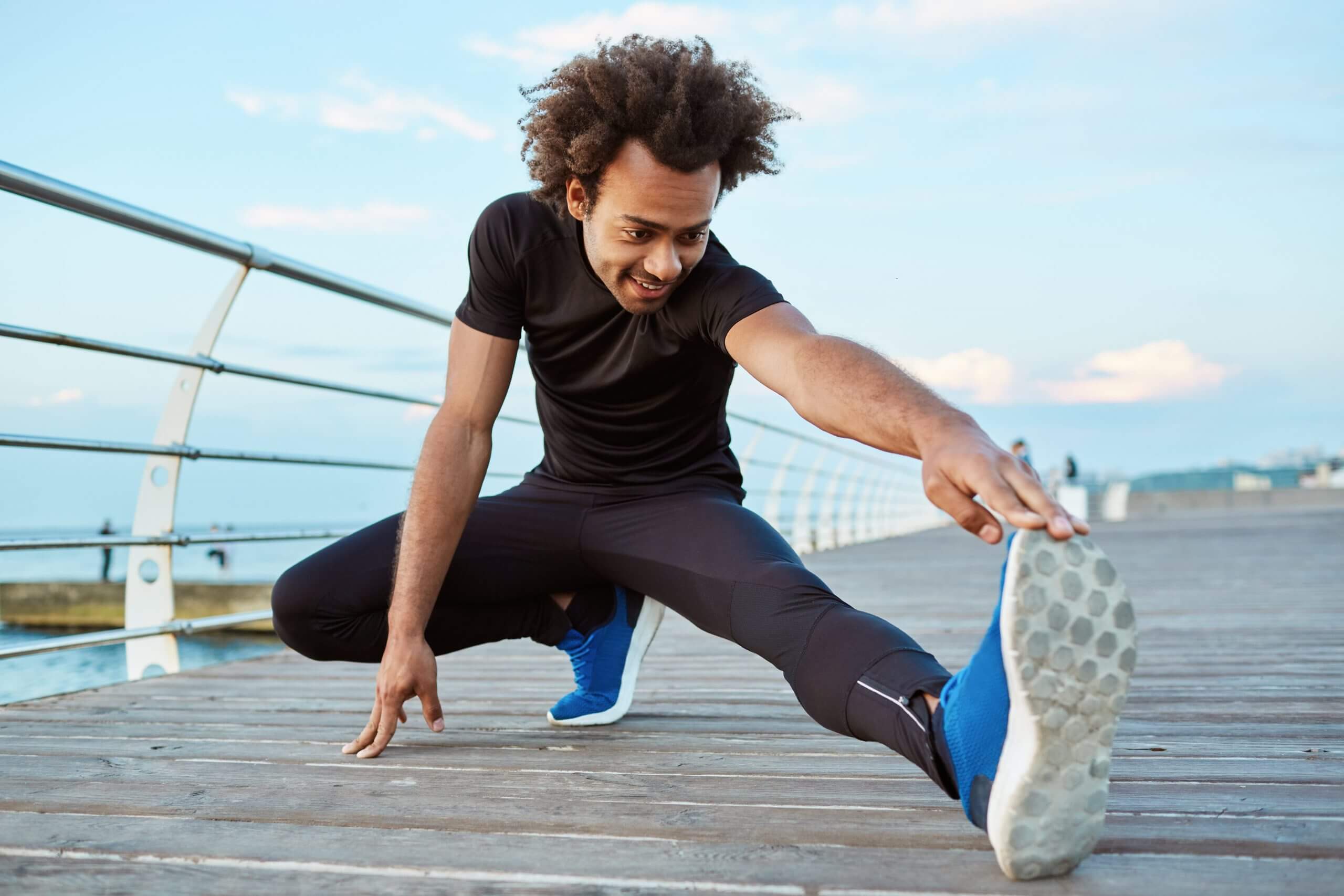Many people experience hip pain at some point throughout their life. It can limit a person’s ability to stand, sit or walk for long periods and can impact participation in sport and recreational activities. But what causes hip pain? The following article will discuss various factors that can contribute to this type of pain.
Intra-articular Dysfunction
Generally, people will experience pain when structures of the hip do not move or function properly. This can be due to structures outside of the joint, or from structures that are within the joint itself or “intra-articular.” Osteoarthritis and labral tears are among the most common intra-articular causes of joint pain and dysfunction. Osteoarthritis occurs as part of the aging process and results in degradation and inflammation of the articular cartilage that covers the ends of bones at a joint. The labrum of the hip is a soft tissue structure located in the hip socket to improve congruity of the joint and provide support. When this is torn – often through repetitive motion, injury, or secondary to dysplasia – the hip may be painful and likely will not move symmetrically with the uninvolved side. Hip pain from osteoarthritis or a labral tear will often occur in the groin and is more noticeable when walking.
Extra-articular Dysfunction
Sometimes hip pain can occur due to abnormalities existing outside of the hip joint itself. These extra-articular pain generators can present in a variety of ways. Muscle strains – stressing a muscle beyond its capacity – can occur on all sides of the hip. This can result in pain in either the front, back or either side of the hip depending on the muscles involved. In addition to muscle strains, pain can originate from irritation and inflammation of bursae. A bursa is a fluid filled sac that often lies between bone and muscle to allow for adequate gliding of the soft tissue. If this structure becomes irritated due to injury or excessive friction, it can become inflamed and painful. Lastly, hip pain can be caused by compression of the nerve roots from the lumbar spine. If the spine does not move properly, it can press on the nerves that exit through the joints of the vertebrae. This results in a pattern of pain, numbness and/or tingling in the lower extremity. The pattern in which this occurs is determined by the level of the spine at which the compression is happening.
How to Treat Hip Pain
In order to treat hip pain, the underlying cause must first be determined. A physical therapist can perform a variety of positioning techniques and tests to identify the structures involved. At this point, a combination of stretches, exercises, manual therapy and modalities can be prescribed to improve the symptoms and restore the tissue to their normal, healthy pain-free state.
If you suffer from aches and pains in the hip and back, physical therapy can help. A physical therapist can help you work towards your specific goals and help you manage your symptoms as you work towards achieving them. Call Respire Physical Therapy at 703-671-1871 or click here to schedule an appointment with one of our Physical Therapists to relieve your symptoms and get back to your favorite activities!
Tags: alexandriava, Hip Pain Relief, fallschurchva, Physical Therapy, ptworks, Respire Physical Therapy, pain free living, physical therapist, Hip and Knee Pain, hip pain, choosept, arlingtonva



